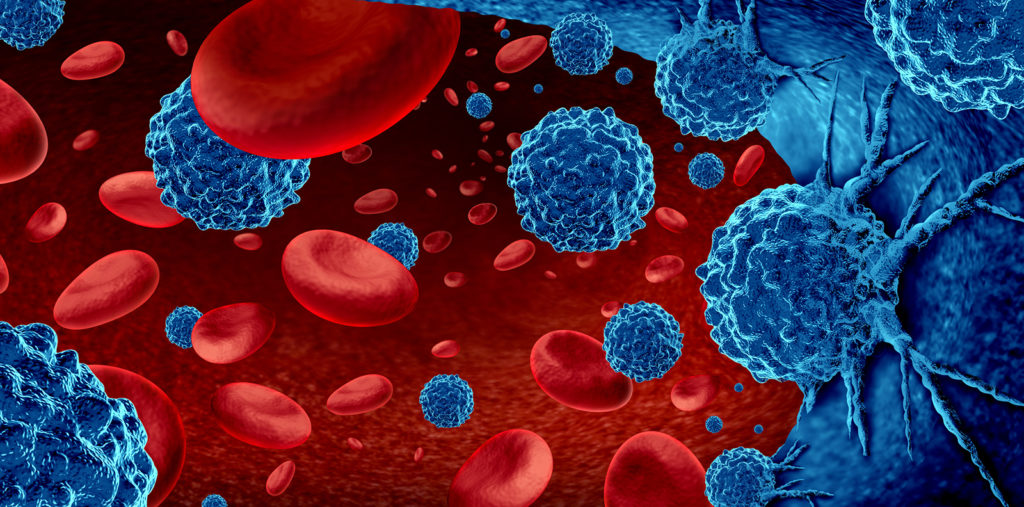
Recently Diagnosed or Relapsed? Stop Looking For a Miracle Cure, and Use Evidence-Based Therapies To Enhance Your Treatment and Prolong Your Remission
Multiple Myeloma an incurable disease, but I have spent the last 25 years in remission using a blend of conventional oncology and evidence-based nutrition, supplementation, and lifestyle therapies from peer-reviewed studies that your oncologist probably hasn't told you about.
Click the orange button to the right to learn more about what you can start doing today.
- You are here:
- Home »
- Blog »
- Multiple Myeloma »
- Multiple Myeloma – Symptoms
Multiple Myeloma – Symptoms

Multiple Myeloma- First Signs and Symptoms as well as the symptoms you may experience when you relapse-
Multiple Myeloma is often misdiagnosed or completely overlooked. It is common to live with multiple myeloma signs and symptoms for months or even years before receiving an accurate diagnosis of multiple myeloma.
I lived with a pain in my neck for several months before I was diagnosed with multiple myeloma.
The cause of multiple myeloma is unknown. It is possible to live with pre-myeloma stages such as monoclonal gammopathy of undetermined significance (MGUS) or smoldering multiple myeloma (SMM) for years before you are diagnosed with full multiple myeloma.
While we can reduce the risks of a multiple myeloma diagnosis through evidence-based, non-toxic, non-conventional therapies, it is considered an incurable blood cancer.
The reasons why multiple myeloma signs and symptoms are central to managing your blood cancer are twofold.
The first half of this post will explain how symptoms for the newly diagnosed myeloma patient establish his/her stage and initial therapy plan. The second half of this post establishes how symptoms of the relapsed myeloma patient can inform your therapy plan after your induction therapy.
Multiple Myeloma- Symptoms of the Newly Diagnosed Patient
Multiple Myeloma symptoms refer to those health problems caused by plasma cells (multiple myeloma) growing in your bone marrow before you have received a formal diagnosis of multiple myeloma.
The acronym that oncologists usually use is CRAB symptoms. The acronym C.R.A.B. is used both for myeloma symptoms as well as myeloma diagnostic criteria.
CRAB stands for:
- Calcium– one of the diagnostic tests you will take is to measure the calcium in your blood. Too much calcium means that your multiple myeloma may be dissolving your bone causing bone pain and possibly bone fractures.
Myeloma Symptoms – Kyphoplasty/Vertebroplasty For Spine Fractures
- Renal– according to research, about 50% of all newly diagnosed multiple myeloma patients are diagnosed with kidney (renal) involvement.
Myeloma Symptoms- Kidney Damage
- Anemia– as monoclonal proteins (multiple myeloma) grow in your bone marrow, they crowd out red blood cells causing anemia which causes fatigue.
Myeloma Symptom, Side Effect- Anemia
- Bone– while the amount of calcium in the blood is a key symptom, bone damage can be a more serious challenge. More than 90% of multiple myeloma patients will experience bone damage at some point over the course of their disease.
Bone Health – Vitamin D3 as Therapy
While CRAB symptoms are the most common health challenges for the newly diagnosed multiple myeloma patient, it is important to learn about possible but less common symptoms as well.
- Skin Rash– the growth of monoclonal proteins can cause a variety of skin problems.
Chemotherapy – Hypersensitivity, Side Effects”
- Nerve Pain- monoclonal proteins are toxic to nerves causing a feeling of pins and needles and severe pain at times.
Myeloma – Nerve Pain & Vitamin D3
- Fever and infections can result from the reduction of white blood cells that multiple myeloma can cause.
Myeloma Symptom, Side Effect – Infection
- Blood clots, nosebleeds, bruising, vision problems all can result from the hyper viscosity caused by multiple myeloma.
Myeloma – Symptom, Side Effect – Blood Clots
- Weight loss, nausea, thirst, weakness and confusion can all result from either kidney failure or hypercalcemia.
Myeloma – Weight loss as Symptom
Though the multiple myeloma signs and symptoms listed above are the most common symptoms they are certainly not the only possible symptoms experienced by the newly diagnosed multiple myeloma patient.
Having talked about the downside of multiple myeloma symptoms, I need to point out two important positives.
- When I was first diagnosed with multiple myeloma in early 1994, the industry-wide response to induction therapy was less than 50% Most newly diagnosed myeloma patients simply didn’t respond to therapy.
- Response to induction therapy is now above 85%. Keep in mind that more than 95% of newly diagnosed myeloma patients are stage 2 or stage 3 aka advanced.
The single greatest achievement of conventional oncology’s, over the past 30 years, in my humble opinion, has been ability to stabilize the newly diagnosed multiple myeloma patient with advanced disease.
Once a person has been diagnosed with multiple myeloma he/she usually begins a regular schedule of diagnostic testing in order to measure the patient’s remission and eventually track his/her first signs and symptoms of a relapse.
Multiple Myeloma Symptoms for the Relapsed Patient-
Once a person has been diagnosed with multiple myeloma, staged, undergone induction therapy, and reached remission (complete, very good, partial, etc.), he/she can enjoy a remission from months to years. Due to regular diagnostic testing, most patients and their oncologists identify if and when a relapse begins.
Like the newly diagnosed myeloma patient, the relapsing patient may experience
- bone or nerve pain,
- kidney or bone involvement/damage or
- any of those myeloma signs or symptoms listed at the beginning of this post.
The challenge that the relapsing myeloma patient faces is distinguishing symptoms from treatment-induced side effects. That is to say, you and your oncologist must figure out the cause of your symptoms or side effects.
Is it the multiple myeloma growing once again in your body or is the health problem caused by chemotherapy or radiation?
Because both chemotherapy and radiation cause short, long-term and late stage side effects, it is at this point that I must introduce what Dr. Vincent Rajkumar calls the cure versus control debate in multiple myloma.
Treatment of Myeloma- Cure vs. Control
In short, the conventional oncological approach to treating multiple myeloma is high-dose, aggressive treatments and therefore, the potentially “curative approach.” The current definition of a “functional cure” in multiple myeloma is a remission of at least seven years.
The PeopleBeatingCancer Multiple Myeloma Cancer Coaching Program seeks the control approach. In my research and personal experience, myeloma patients achieve a higher quality-of-life as well as a longer length of life by pursuing a low-dose approach to treatment.
- Learn about my long-term myeloma survivor experience- click now
- Learn more about your prognosis as a myeloma patient- click now
- To Learn More about Multiple Myeloma Side Effects- click now
- To Go To Multiple Myeloma Explained- click now
David Emerson
- MM Survivor
- MM Cancer Coach
- Director PeopleBeatingCancer
Read More About Multiple Myeloma Relapse
- Biochemical Relapse in Multiple Myeloma- To Treat or Not To Treat?
- Can Multiple Myeloma go into Remission?



